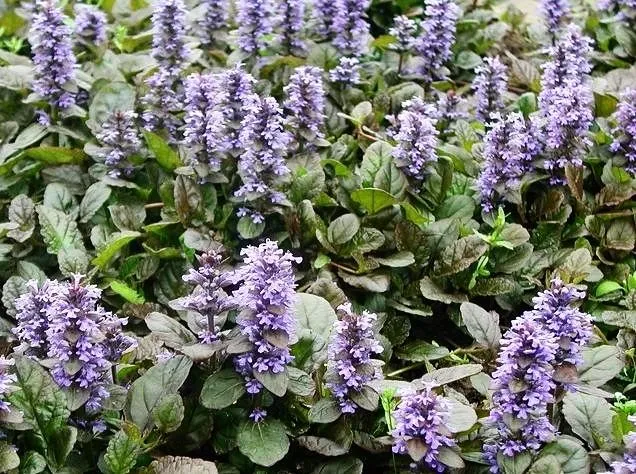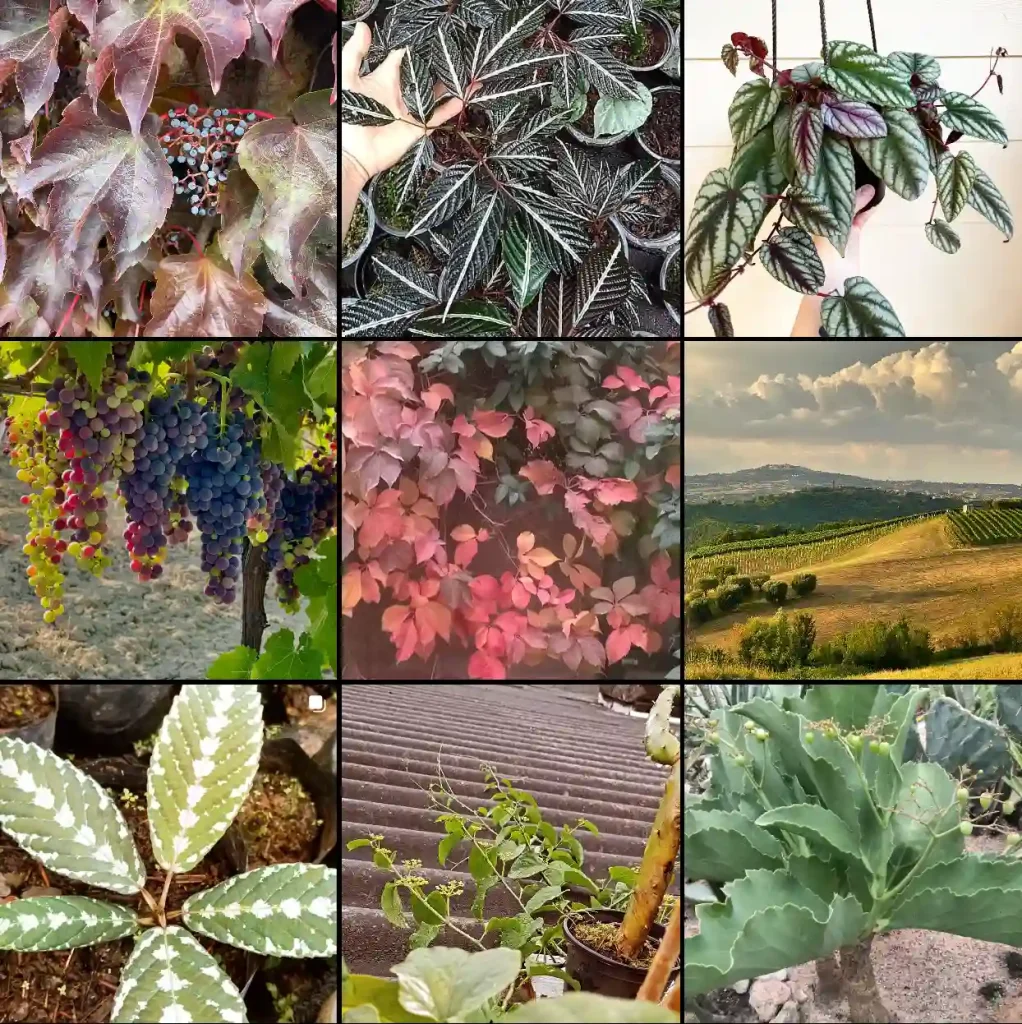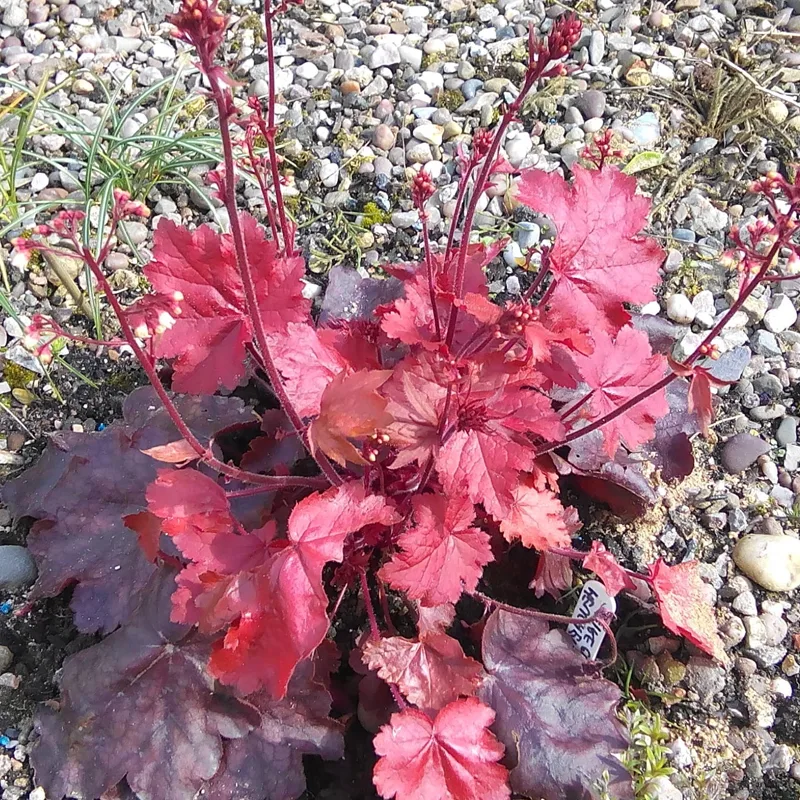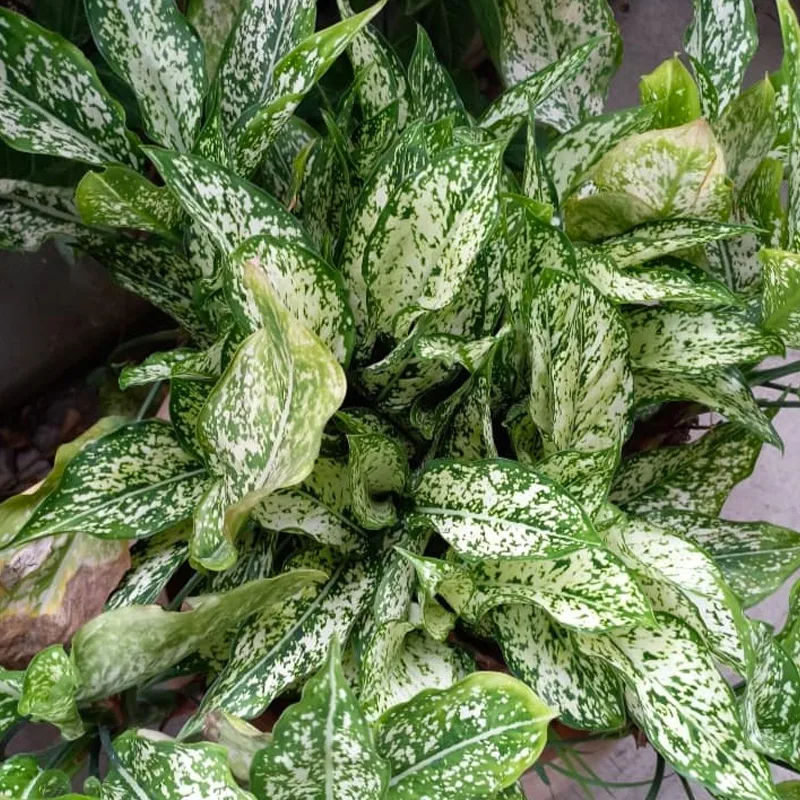Exploring the Lecythidaceae Plant Family: My Journey Through the Wonders of Brazil Nut Trees
As a plant enthusiast, I’ve always been fascinated by the diversity of plant families and the stories they hold. One of the families that particularly captivates me is the Lecythidaceae, often referred to as the Brazil nut family. This family boasts a rich variety of genera, each contributing to its unique charm and ecological importance. I’ve spent countless hours researching and observing these plants, and I’d love to share my experiences and insights about them.
The Genera of Lecythidaceae
The Lecythidaceae family is home to around 26 genera, with several well-known members. Here’s a list of genera within this family:
- Bertholletia – Most famous for the Brazil nut tree, which produces edible seeds.
- Lecythis – Known for its distinctive fruits and often used in traditional crafts.
- Eschweilera – Characterized by its striking flowers and presence in tropical rainforests.
- Allantoma Miers
- Asteranthos Desf.
- Barringtonia J.R.Forst. & G.Forst.
- Brazzeia Baill.
- Careya Roxb.
- Cariniana Casar.
- Chydenanthus Miers
- Chytroma Miers
- Corythophora R.Knuth
- Couratari Aubl.
- Couroupita Aubl.
- Crateranthus Baker f.
- Foetidia Comm. ex Lam.
- Grias L.
- Gustavia L. – 46 Species in Genus Gustavia
- Napoleonaea P.Beauv.
- Oubanguia Baill.
- Pachylecythis Ledoux
- Petersianthus Merr.
- Pierrina Engl.
- Planchonia Blume
- Rhaptopetalum Oliv.
- Scytopetalum Pierre ex Engl.
The Brazil Nut Tree: A Personal Connection
The Brazil nut tree, scientifically known as Bertholletia excelsa, holds a special place in my heart. I remember the first time I encountered one during a trip to the Amazon rainforest. Standing beneath its towering canopy, I was awed by its size and the sheer abundance of life surrounding it. The tree can reach heights of over 160 feet and can live for more than 500 years. It serves as a vital habitat for various species, including agoutis and numerous insects.
I was fortunate enough to witness the pollination process. The flowers, with their unique shape, attract specific bees. This relationship between the tree and the bee is a remarkable example of co-evolution. Without these bees, the Brazil nut would cease to exist, which highlights the interconnectedness of life in the rainforest.
Importance of Lecythidaceae in Ecosystems
Beyond their aesthetic beauty, the Lecythidaceae family plays an essential role in their ecosystems. These trees are crucial for maintaining biodiversity in tropical forests. Their large fruits provide food for various wildlife, helping to sustain many species. The Brazil nut itself is a significant source of nutrition for local communities and has even become an important export product.
While exploring the forests, I’ve seen how these trees provide shade and shelter. Their dense canopies create microhabitats, allowing other plants and animals to thrive. For instance, Lecythis species often have intricate relationships with local fauna, helping to disperse seeds and maintain ecological balance.
Cultural Significance
The cultural relevance of Lecythidaceae cannot be overstated. The Brazil nut tree, for example, is not just a food source; it also holds cultural significance for indigenous communities. They use the wood for crafting tools and furniture, while the nuts are an essential part of their diet and economy. During my travels, I participated in local workshops where artisans demonstrated how they transformed these natural resources into beautiful crafts. This experience deepened my appreciation for the Lecythidaceae family and its impact on human culture.
Conservation Challenges
Despite their importance, Lecythidaceae faces significant threats from deforestation and climate change. The Amazon rainforest, which is home to many of these species, is rapidly disappearing. This loss not only affects the trees but also the countless species that rely on them. During my research, I’ve learned about conservation efforts aimed at protecting these vital ecosystems. Supporting sustainable harvesting practices for Brazil nuts is one way to help ensure the survival of these trees and their habitats.
Conclusion: A Call to Action
As I reflect on my journey with the Lecythidaceae family, I’m reminded of the beauty and complexity of our natural world. These trees offer not only tangible resources but also invaluable ecological benefits. My experiences in the Amazon have inspired me to advocate for their conservation and to share their stories with others. If you have the opportunity, I encourage you to explore the wonders of the Lecythidaceae family. Whether through travel, research, or supporting conservation initiatives, we can all play a role in protecting these magnificent plants for future generations.
If i die, water my plants!



